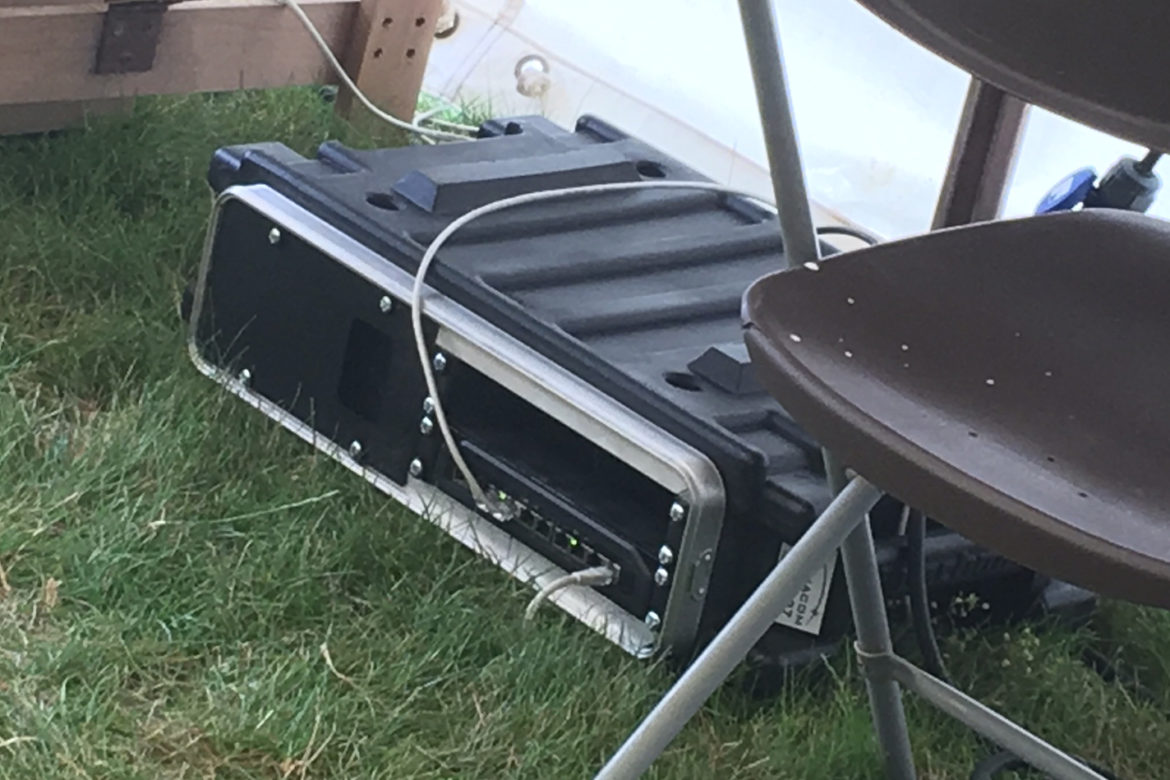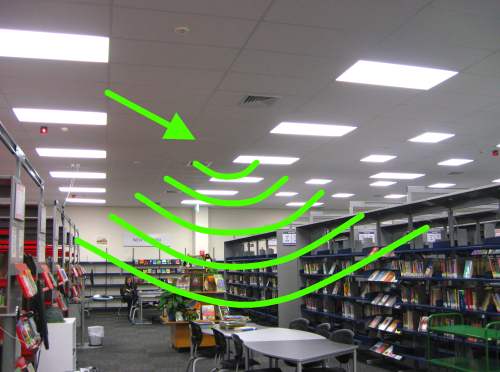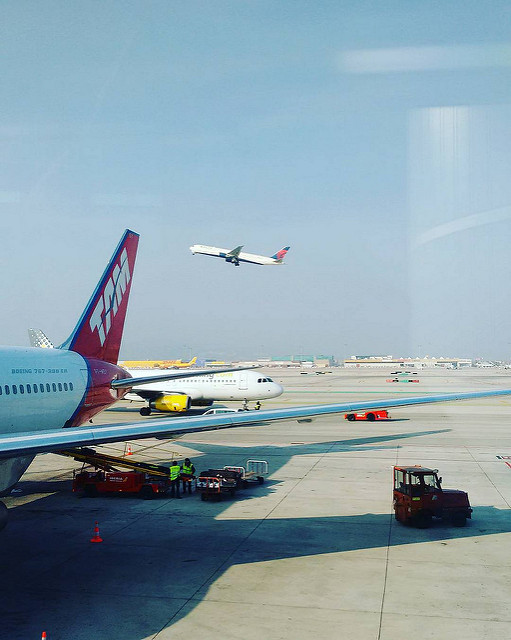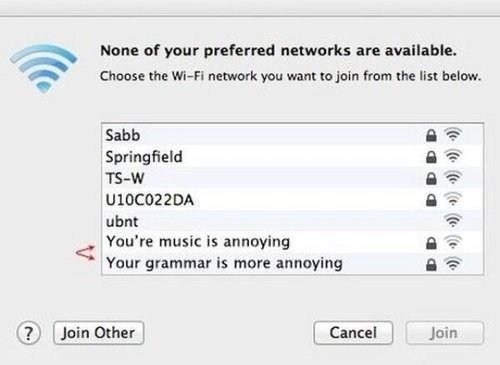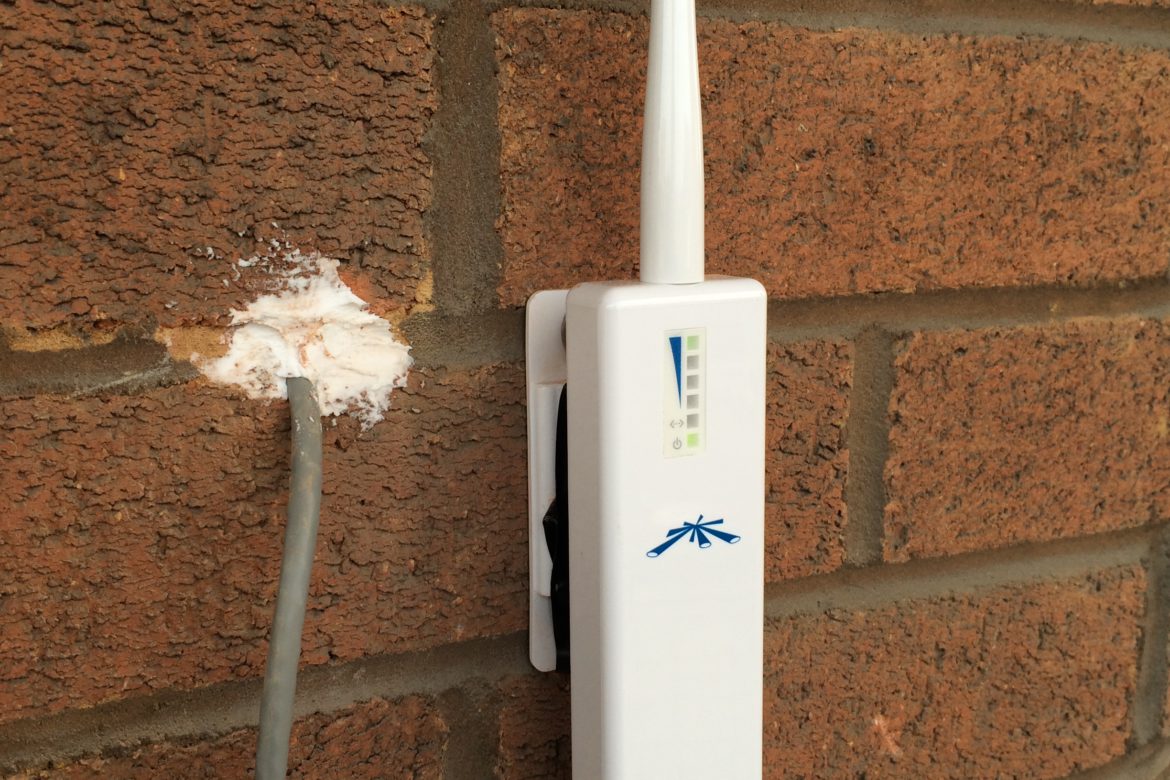We’ve spent the last week out and about, luckily enjoying the sunshine and making a difference to the connectivity of our clients.
What has completely surprised us is how many of our clients have in-house or contracted external IT support, yet these organisations aren’t prepared to create, design and install temporary or permanent Wi-Fi connectivity solutions outdoors.
Our work continues to increase in this sector – on the roofs, on top of portacabins and digging holes through fields – and its probably one of the most rewarding parts of our activity.
From our offices in London, Hampshire and Cardiff, we are able to hire out for a day, week or longer period, or sell permanently, a wide range of solutions that enable a complete IT network in a field.
Whether you need to get a point to point connection to an outlying barn, increase the network connectivity between buildings, or setup festival offices that can take advantage of every cloud app going through the power of satellite internet, we are quite prepared to get “down and dirty” in order to keep our clients happy.
Our IT installation services now include such technically challenging items such as spades, duct tape and steel toe capped boots, and we’re in the process of completing all the health and safety qualifications to ensure we can provide you with the best temporary internet and Wi-Fi solutions.
Plus we love a bit of mud.

